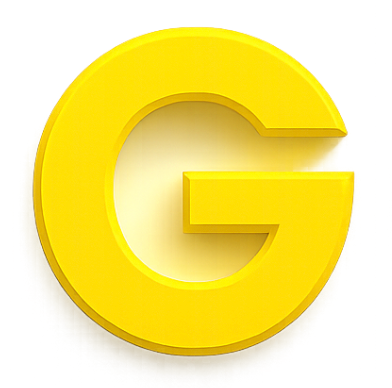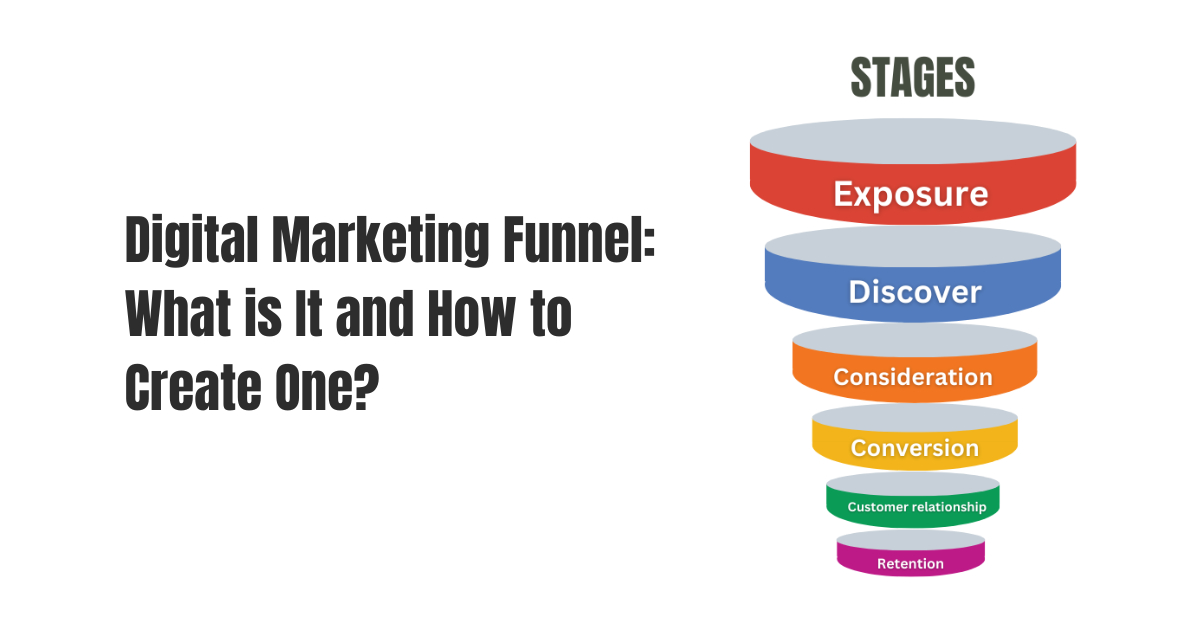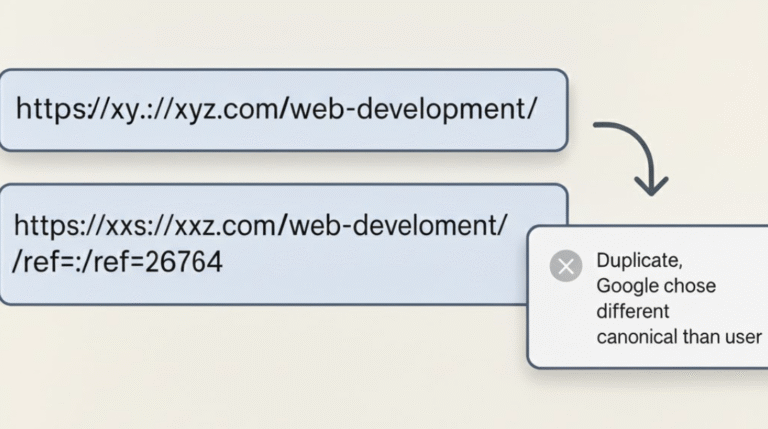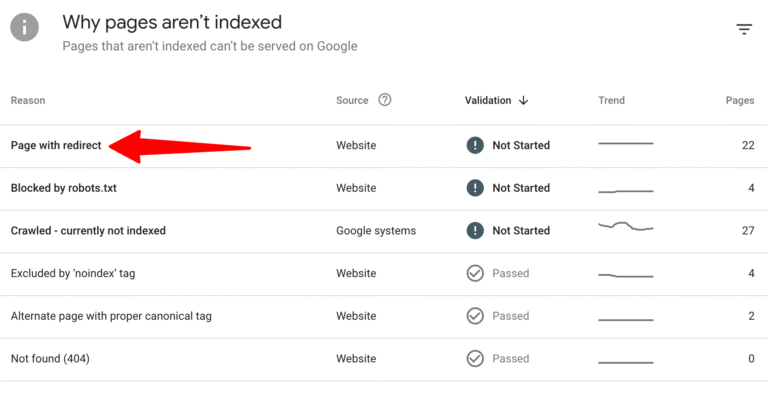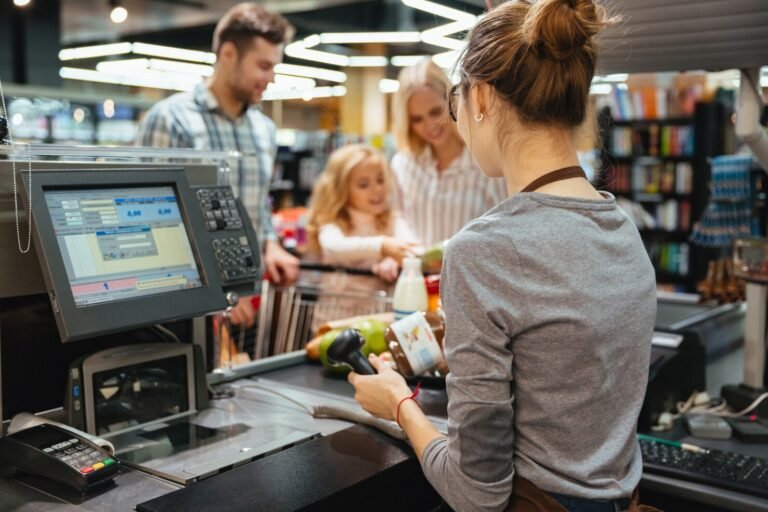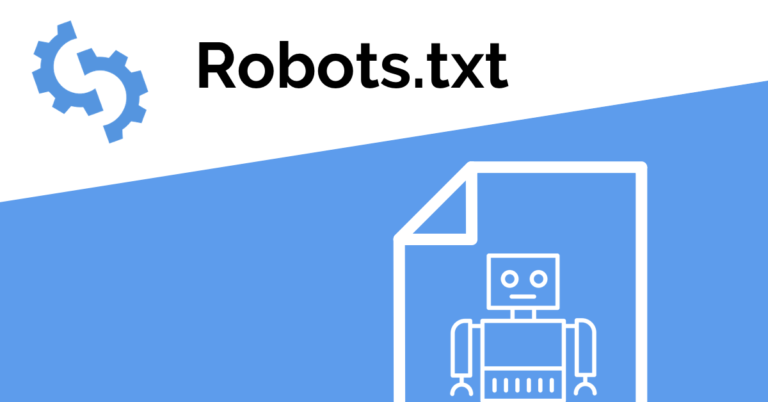Summary: A digital marketing funnel can help you strategize your customer buying journey, from making your customers know about the brand to enticing them to purchase to retaining them for repeat purchases. Even 79% of marketing leads fail to convert. If you don’t wish to fail to convert your leads, don’t miss reading this blog. Here, you can learn about how a successful marketing funnel works, real-brand examples, and how you can leverage it.
You might be surprised to know that 79% of marketing leads don’t convert and not becomes part of business sales.
What do you think? Is it just bad luck?
No, not at all! It does happen because of not having a working digital marketing sales funnel which makes businesses suffer a huge sales loss and doesn’t allow them to convert the leads into sales.
If you don’t want your business to swim in the “no-lead generation” zone and bring a steady stream of sales, having the right digital marketing funnel is significant.
Well, exactly…
What is a Digital Marketing Funnel?
A digital marketing sales funnel is a strategic framework that paves the path of the entire customer buying journey. It starts with the moment when your customer knows about your product to the moment they buy your product. Put another way; it is a journey when someone comes to know about your brand to convert it into your potential buyer.
Knowing about your customer journey helps you to gain valuable insights into their buying behavior. Thereby, you can optimize your market strategies by leveraging the digital marketing conversion funnel.
What’s the Need for a Conversion Funnel in Digital Marketing?
Here are some of the key points to support why your business needs a digital marketing conversion funnel-
- With the help of a marketing funnel, you can nurture your lead by giving them the right communication and information they want. In this way, you can less likely to provide the hard sell to your consumers.
- It also enables you how you can approach each lead and facilitate better segmentation of your market moves. Also, the specific product or services you need to present before your lead so that you can land the optimum sales.
- Each stage of the funnel helps you to get closer to your sales. In each stage, you can plan strategies to encourage your customers to purchase. Let’s say:
- For product awareness, you can harness the potential of social media.
- For the people who are interested in your product, you can leverage email marketing.
- To drive more traffic to your website, you can utilize paid ads.
Hence continuously experimenting and tweaking your marketing funnel can help you to provide the best results for your business.
The Digital Marketing Funnel Stages:
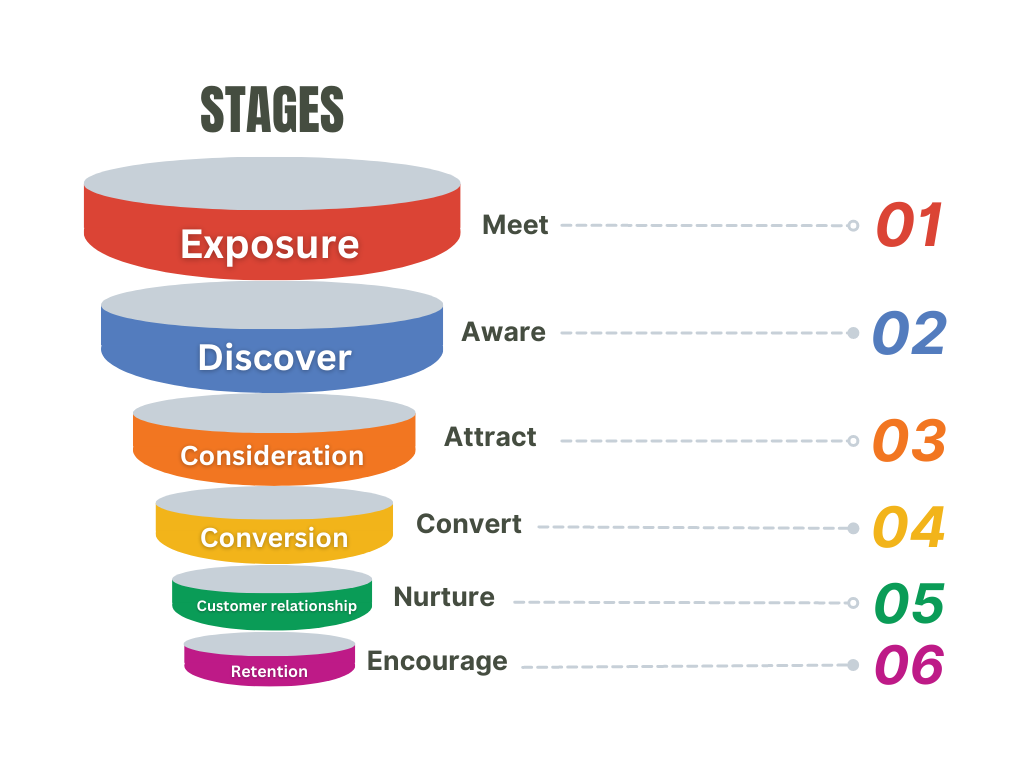
| Funnel Stage | Goal | Strategy | Digital location | KPIs |
|---|---|---|---|---|
| Exposure | To bring potential customers to your brand for the first time. | Create content that piques user attention. | • Web or social ads • Google search results | • Get unique visitors • Ad clicks • Generic keywords • Ranking on search engines |
| Discovery | Encourage your potential user to consume content to get an overview of your brand by skimming landing pages and blogs. | Create educational and informative content that makes them take an interest in your brand. | • Website ( your blogs, resources, and landing pages.) | • Average time on site • Views on your page • Downloads, email subscriptions, and tool interactions |
| Consideration | Make your customers know that your product or service solves their problems. | Create content that fosters their decision process. It may be FAQs, case studies, webinars, testimonials, etc. | • Website • Webcasts • 3rd party websites | • Rank on third parties • Backlinks • Search ranking for generic keywords |
| Conversion | Make your target audience makes the purchase. | Create more personalized content that focuses on your customer’s challenges and problems. | • Website ( product checkout page and contact page.) | • Conversions |
| Customer relationship | Get more closer to your customers and help them to resolve their problems. | Run drip campaigns, educated videos, and tutorials to educate your audiences and solve their main questions. | • Website | • Close rate • Upsell rate • Sales cycle duration |
| Retention | To encourage them to continuously purchase your product and services. | Create personalized content and give them some incentives, discounts, and rewards. | • Website • Email marketing platform | • Customer retention rate (CRR) • Churn rate • Repeat customer rate • Net promoter score(NPS) |
How to Create a Successful Digital Marketing Funnel?
Let’s dwell on the digital marketing funnel stages to drive qualified conversions to your business:
Stage 1: Exposure
Get your customers to know about your brand for the first time!
The digital marketing sales funnel starts with exposure. In this stage, you let your consumer know about your brand. Don’t you think the best way to know your customers about your brand is to leverage the right digital platforms to promote and advertise your brand?
It’s interesting to know that 75000 searches per second happen on Google. In that way, it becomes one of the prominent channels to make your business seen and recognized.
| Funnel stage | Goal | Strategy | Digital location | KPIs |
|---|---|---|---|---|
| Exposure | To bring potential customers to your brand for the first time. | Create content that piques user attention. | • Web or social ads • Google search results | • Get unique visitors • Ad clicks • Generic keywords ranking on search engines |
Stage 2: Discovery
Make your users stay on your page by providing them with rich content!
It is one of the digital marketing funnel stages in which your brand will focus on creating content that motivates your potential users to take a key interest in your brand.
In the first stage, your customer already has some insights about your company. Now, this is the step in which you foster them to stay on your website so that they can learn more about your products and services.
If users have no interest in your brand, then it is pointless to make them navigate toward your website because they can only shoot up your website’s bounce rate. To enable your customers to stay on your page, you must deliver informative and rich educational content that can solve their problems.
| Funnel stage | Goal | Strategy | Digital location | KPIs |
|---|---|---|---|---|
| Discovery | Encourage your potential user to consume content to get an overview of your brand by skimming landing pages and blogs. | Create educational and informative content that makes them take an interest in your brand. | • Website ( your blogs, resources, and landing pages.) | • Average time on site • Views on your page • Downloads, email subscriptions, and tool interactions |
Stage 3: Consideration
Make your customers understand that your product or solution can meet their needs.
In this stage of conversion Funnel in digital marketing, you can help consumers to know how your product or service can solve their problem.
In reality, today’s customers are more aware and knowledgeable as they can access all the information they want. It becomes a no-brainer for your brand to validate your product or services by addressing the pain point and giving them the right solution.
You can craft content proving the efficacy of the solution you present in front of your potential customers. It may be FAQs, positive customer reviews, case studies, webinars, and testimonials. In short, show them the product or service benefits and create your company’s differentiation.
| Funnel stage | Goal | Strategy | Digital location | KPIs |
|---|---|---|---|---|
| Consideration | Make your customers know that your product or service solves their problems. | Create content that fosters their decision process. It may be FAQs, case studies, webinars, testimonials, etc. | • Website •Webcasts • 3rd party websites | • Rank on third parties. • Backlinks • Search ranking for generic keywords |
Stage 4: Conversion
Finally, your customers make the decision to buy your product or services.
This is one of the digital marketing funnel stages in which your customer purchases your product and services and trusts your brand that it can solve their problem or meet their specific needs.
In this stage, you must create a strategic marketing campaign for branded keywords to ensure your audience does not land on the competitors’ sites. This state is also called a purchase or decision phase. It requires a well-written product page on your website so that your customer can easily understand how your product solves their problem, which can further help them in their buying decisions.
In the digital marketing sales funnel, it is one of the prominent stages as you can measure and track which Ad click can encourage users to purchase. But the above stages are equally important because they help your customers to interact with your brand. Obviously, if they don’t interact with your brand, how can they make their buying decision?
| Funnel stage | Goal | Strategy | Digital location | KPIs |
|---|---|---|---|---|
| Conversion | Make your target audience makes the purchase. | Create more personalized content that focuses on your customer’s challenges and problems. | • Website ( product checkout page and contact page.) | •Conversions |
Stage 5: Customer Relationship
Get more connected with your clients by interacting with them and fixing their problems.
Positive interactions with your customers after a purchase is a prudent aspect of the digital marketing conversion funnel as it fosters loyalty. Nurturing connections with your customers after purchase can help your business to stay at the top of mind for your customers, and they become your repeat customer.
You can invest in a drip campaign to educate your target audience more about your products and services and help them clarify their doubts and show them how your product is solving those issues.
Moreover, you can leverage email marketing strategy by providing them with exclusive content, informing them about your product release before presenting it to the general public, and giving them some loyalty like “friends and family” sales or lucrative discounts to strengthen your brand value and outperform your competition.
| Funnel stage | Goal | Strategy | Digital location | KPIs |
|---|---|---|---|---|
| Customer relationship | Get more closer to your customers and help them to resolve their problems. | Run drip campaigns, educated videos, and tutorials to educate your audiences and solve their main questions. | •Website | • Close rate • Upsell rate • Sales cycle duration |
Stage 6: Retention
Nurture the existing customers and promote them continuing making a purchase.
The digital marketing sales funnel is not over yet. It’s time to take appropriate actions to retain your existing customers and motivate them to continue buying your product and services. In the long run, this stage is crucial because your existing customers already know your brand and make purchases of your services and products, and you need to ensure that they keep making new transactions.
A continuous stream of analyzing and monitoring your communications with your customers ensures that you can create an impact so that you cannot lose them.
It’s extremely important to retain your existing customers because it’s relatively cheaper than hunting for new customers as it involves customer acquisition costs.
To retain your current customers, first, you need to understand their unique needs and provide them with personalization. You can also give them some incentives and rewards to retain them longer.
Retention Example of a Real-Life Brand
Let’s dwell on one of the retention digital marketing funnel examples:
Instacart: If your customer uninstalls your app, it doesn’t mean they never return to it. It is just because you need to revamp your retention marketing strategies so that you can target uninstalled or inactive users.
One of the good examples is Instacart- they crafted an email campaign in which they targeted inactive users to return to their app by offering them creative discounts and free delivery and incorporating a sense of urgency with the help of their time-sensitive deal.
You can also look at how your business can retain customers with the help of feedback and survey. Allow your customer to return to your brand by giving them discounts, personalized content, product recommendations, feature announcements, etc.
| Funnel stage | Goal | Strategy | Digital location | KPIs |
|---|---|---|---|---|
| Retention | To encourage them to continuously purchase your product and services. | Create personalized content and give them some incentives, discounts, and rewards. | • Website • Email marketing platform | • Customer retention rate (CRR) • Churn rate • Repeat customer rate • Net promoter score(NPS) |
Types of Digital Marketing Funnels
1. Hourglass Digital Marketing Funnel
It is a type of digital marketing conversion funnel, an extended AIDA model that maps the customer journey’s viewpoint. It is a process in which the main task is to retain visitors and is a comprehensive approach to customer experience. (including pre & post-purchase stages)
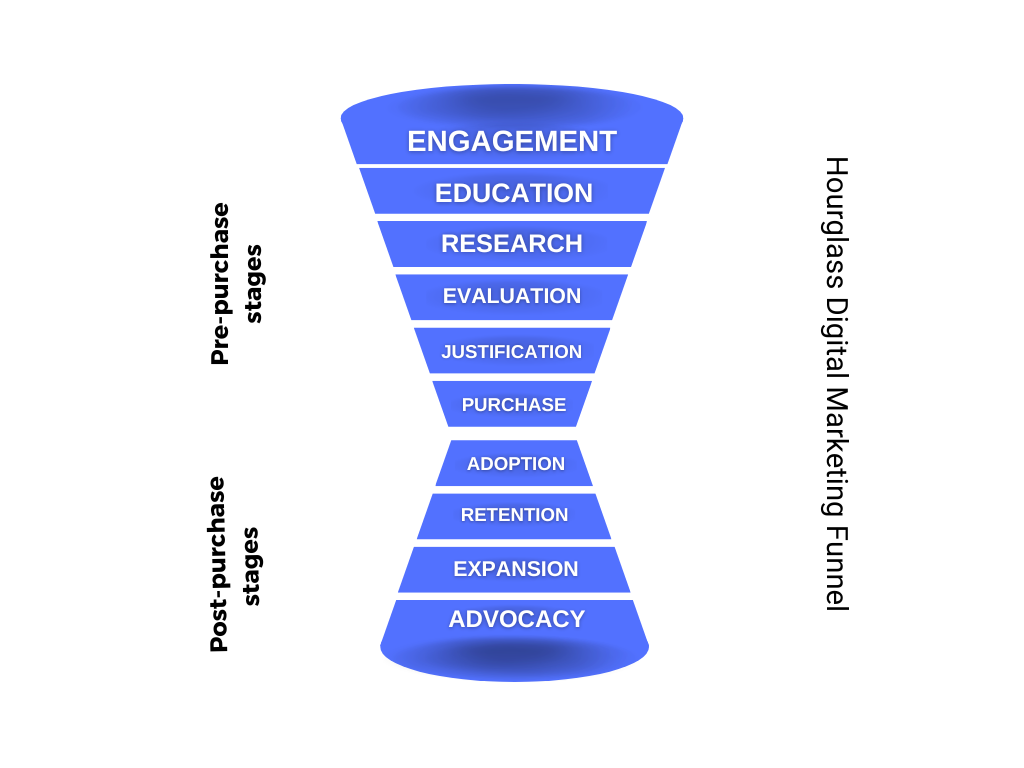
Pre-purchase stages:
- Engagement– Create brand awareness
- Education– Determine the underlying problem.
- Research: Identify the specific solution.
- Evaluation: Figure out how a problem can be solved by a product or service.
- Justification– It’s a validation phase in which a product or service can be justified whether they are actually solving the problem or not.
- Purchase– It’s a stage in which the customer buys the product or service.
Post-purchase stages
- Adoption: In this step, customers start experimenting with the product.
- Retention: It’s about ensuring customer satisfaction.
- Expansion: You can upsell or cross-sell if you find the customer is having a delightful experience.
- Advocacy: Your customers’ positive reviews advocate your brand and help to acquire new customers via word of mouth.
2. Looping Digital Marketing Funnel
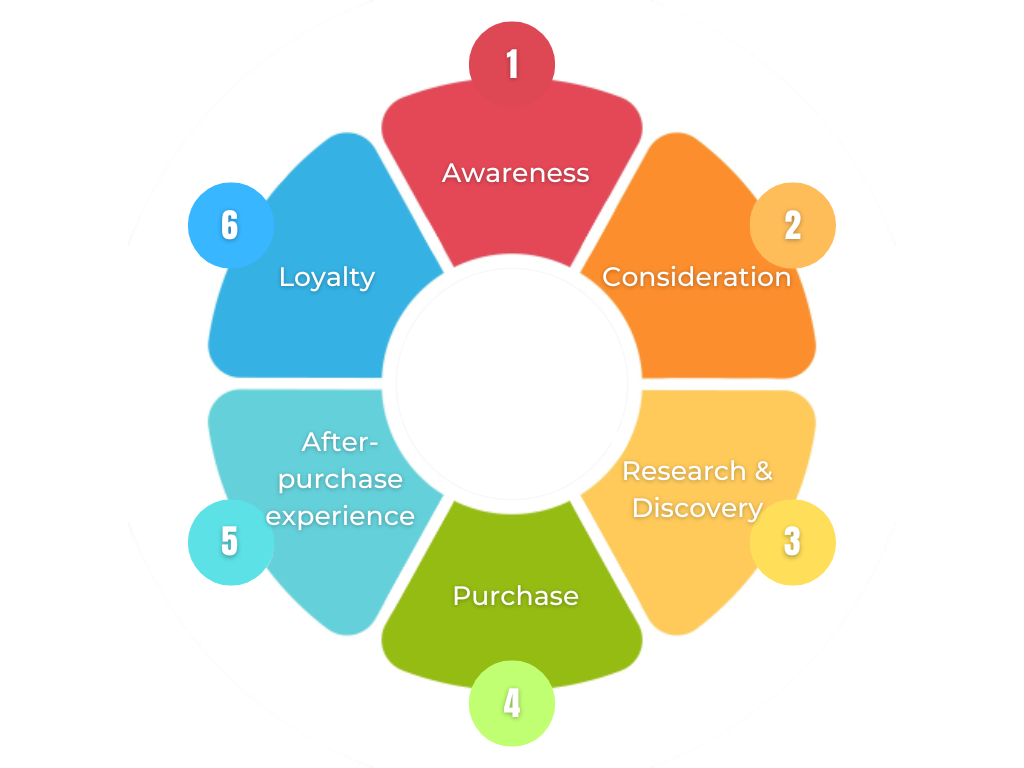
It is a more flexible type of digital marketing sales funnel as compared to the hourglass funnel. It consists of a less structured format and helps businesses to map users’ unique buying journeys due to its exceptional flexibility. It comprises six stages, including.
- Awareness: Recognize the problem or the need.
- Consideration: This stage involves finding a solution to a problem or need.
- Research and Discovery loop: Discover the potential solutions and understand how the customer acquires information to solve their problem.
- Purchase: In this stage, the customer buys the product or services.
- After-purchase experience: The main focus is to offer customers a seamless experience so they can return to the brand.
- Loyalty loop: This concept represents how users decide what they want to buy and make repeat purchases. A business can evaluate whether customers are buying their products or services without confusion.
3. Micro-moments Digital Marketing Funnel
Leveraging the micro-moments funnel and determining how your product helps your business boost its engagement and conversions is important.
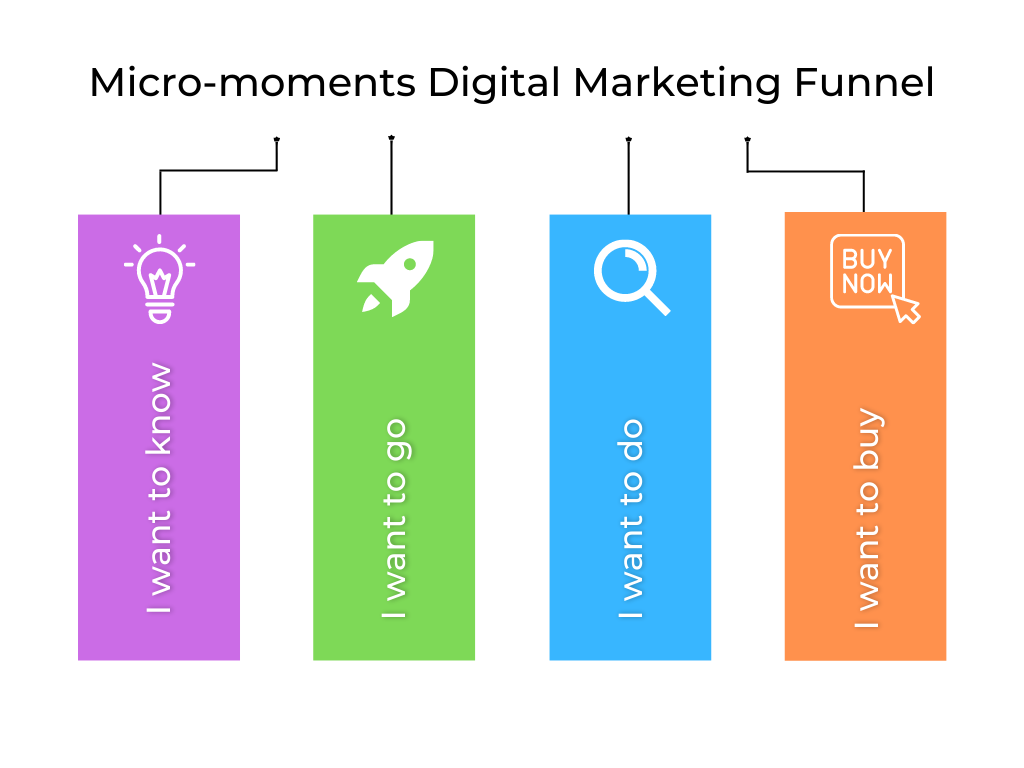
- The “I want to know” moment
In this funnel moment, your customers have some queries and are looking for the answer rather than making a purchase. Let’s see if they punch a question like “what are reflective collars? ” and find your blog post regarding reflective collars to get the profound answer. This is a part of a funnel as you help them get the answer and indirectly know about your brand.
- The “I want to do” moment
In this step, your customer wants to know how to use the product instead of knowing it. You can create blog posts, videos, or infographics that tell them the step-by-step procedure to use the product.
- The “I want to go” moment
In this step, they want to know how the product can meet their specific needs when they approach the place.
- The “I want to buy” moment
This is the final step that every company wants to land their consumers. Now, your customer is ready to buy your product.
On the Closing Lines:
In a nutshell, the digital marketing sales funnel comprises six steps:
- Exposure stage: know your potential customers about your brand for the very first time.
- Discovery stage: Motivates customers to consume your content and get an overview of the brand.
- Consideration stage: Help consumers to make them aware of how your product or services solve their problems.
- Conversion stage: Your lead converts into a buyer and makes a purchase.
- Customer relationship: Nurturing connections, getting closer to customers, and clarifying their doubts.
- Retention: Ensure they continually buy your product by offering them special discounts, personalized content, and rewards.
Wondering how you can strategize your marketing funnel? Don’t fret! Gleexa offers the best digital marketing services by creating a well-detailed, conversion-boosting marketing funnel to drive more sales and revenue.

